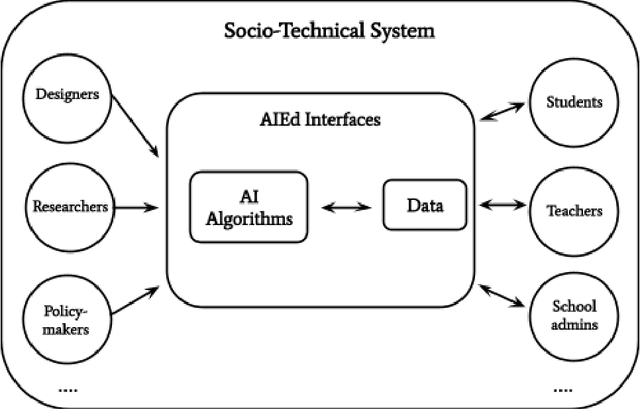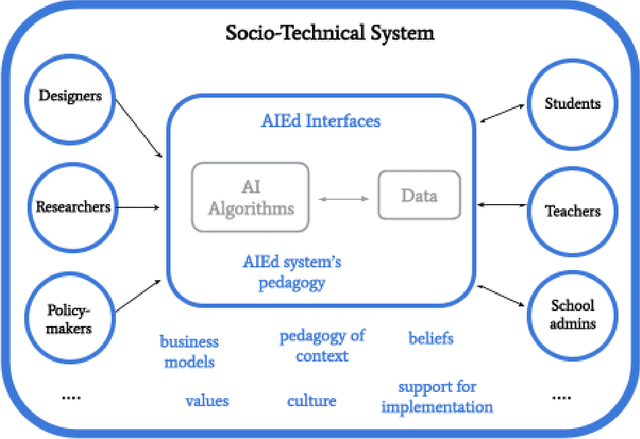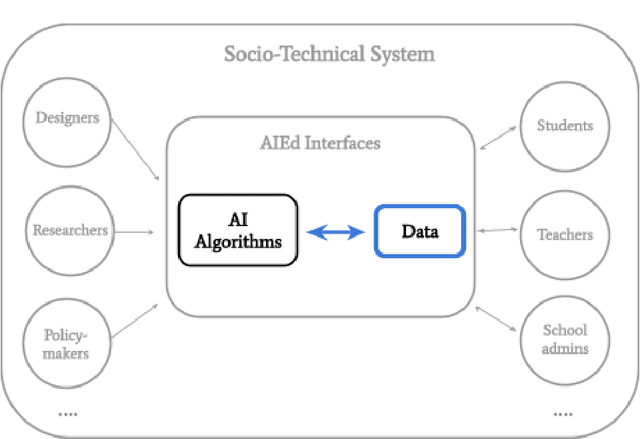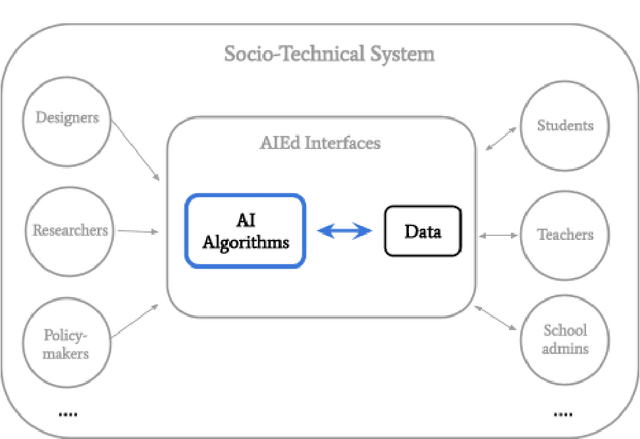Equity and Artificial Intelligence in Education: Will "AIEd" Amplify or Alleviate Inequities in Education?
Paper and Code
Apr 27, 2021



The development of educational AI (AIEd) systems has often been motivated by their potential to promote educational equity and reduce achievement gaps across different groups of learners -- for example, by scaling up the benefits of one-on-one human tutoring to a broader audience, or by filling gaps in existing educational services. Given these noble intentions, why might AIEd systems have inequitable impacts in practice? In this chapter, we discuss four lenses that can be used to examine how and why AIEd systems risk amplifying existing inequities. Building from these lenses, we then outline possible paths towards more equitable futures for AIEd, while highlighting debates surrounding each proposal. In doing so, we hope to provoke new conversations around the design of equitable AIEd, and to push ongoing conversations in the field forward.
 Add to Chrome
Add to Chrome Add to Firefox
Add to Firefox Add to Edge
Add to Edge